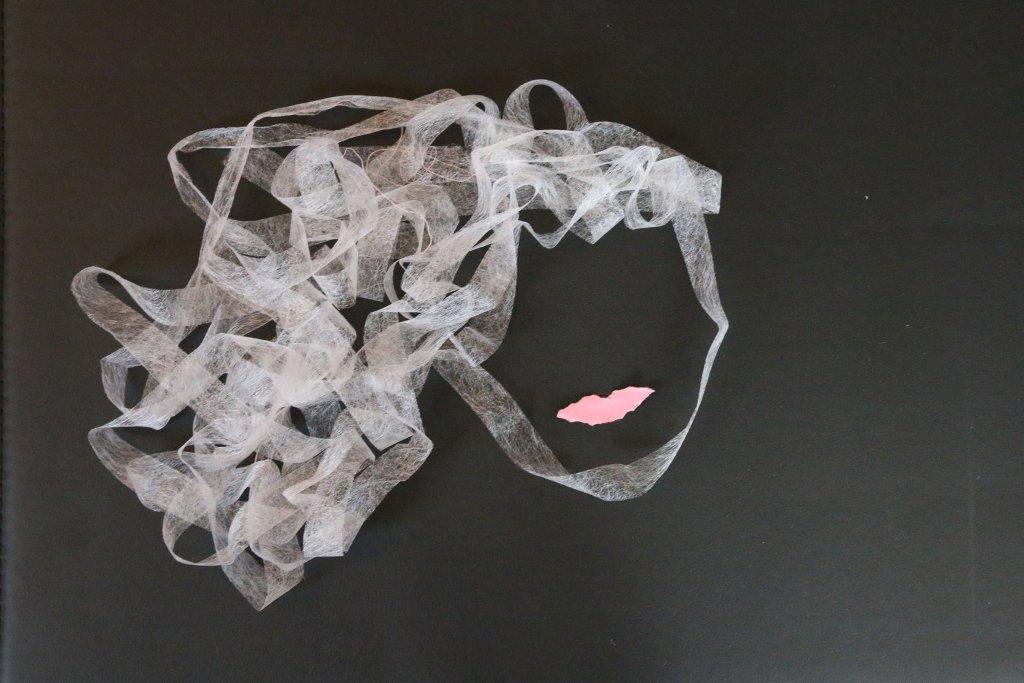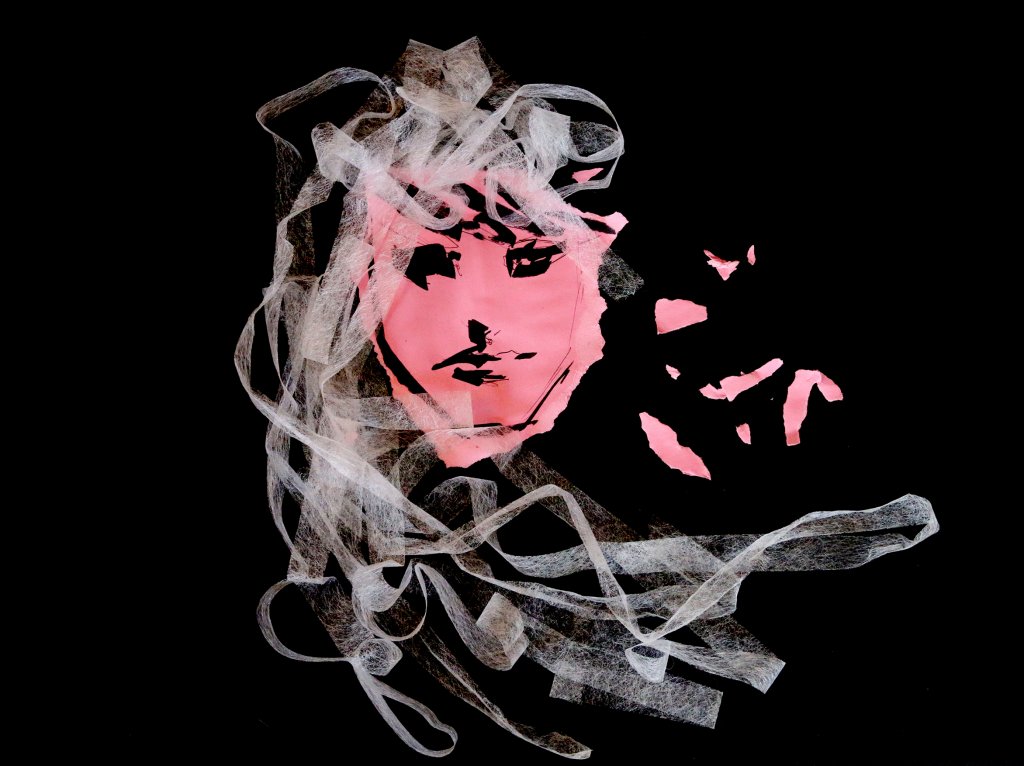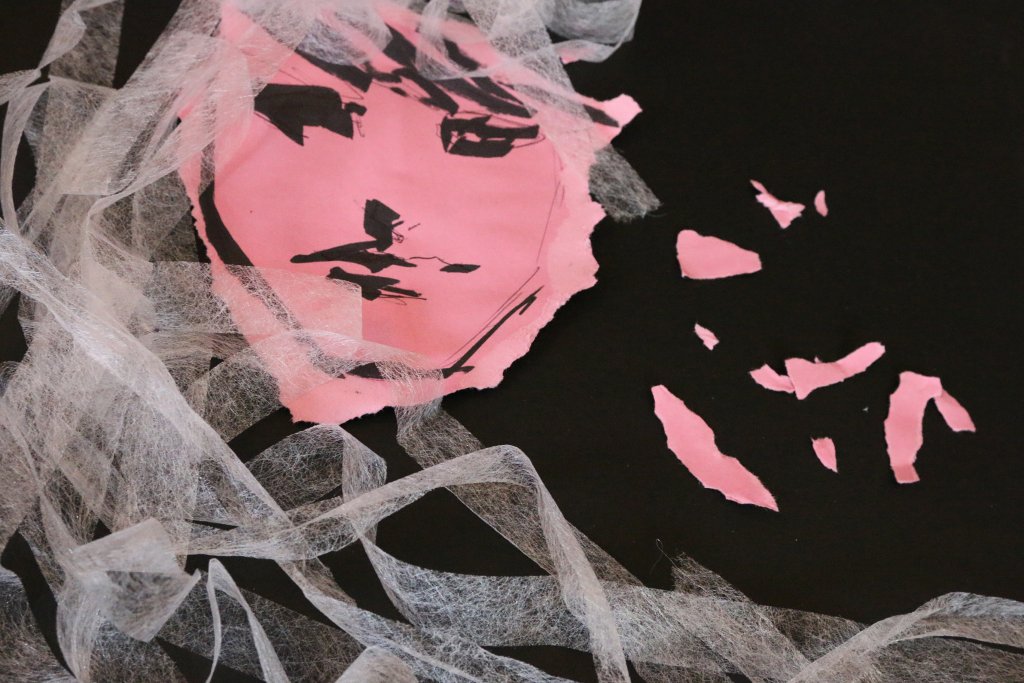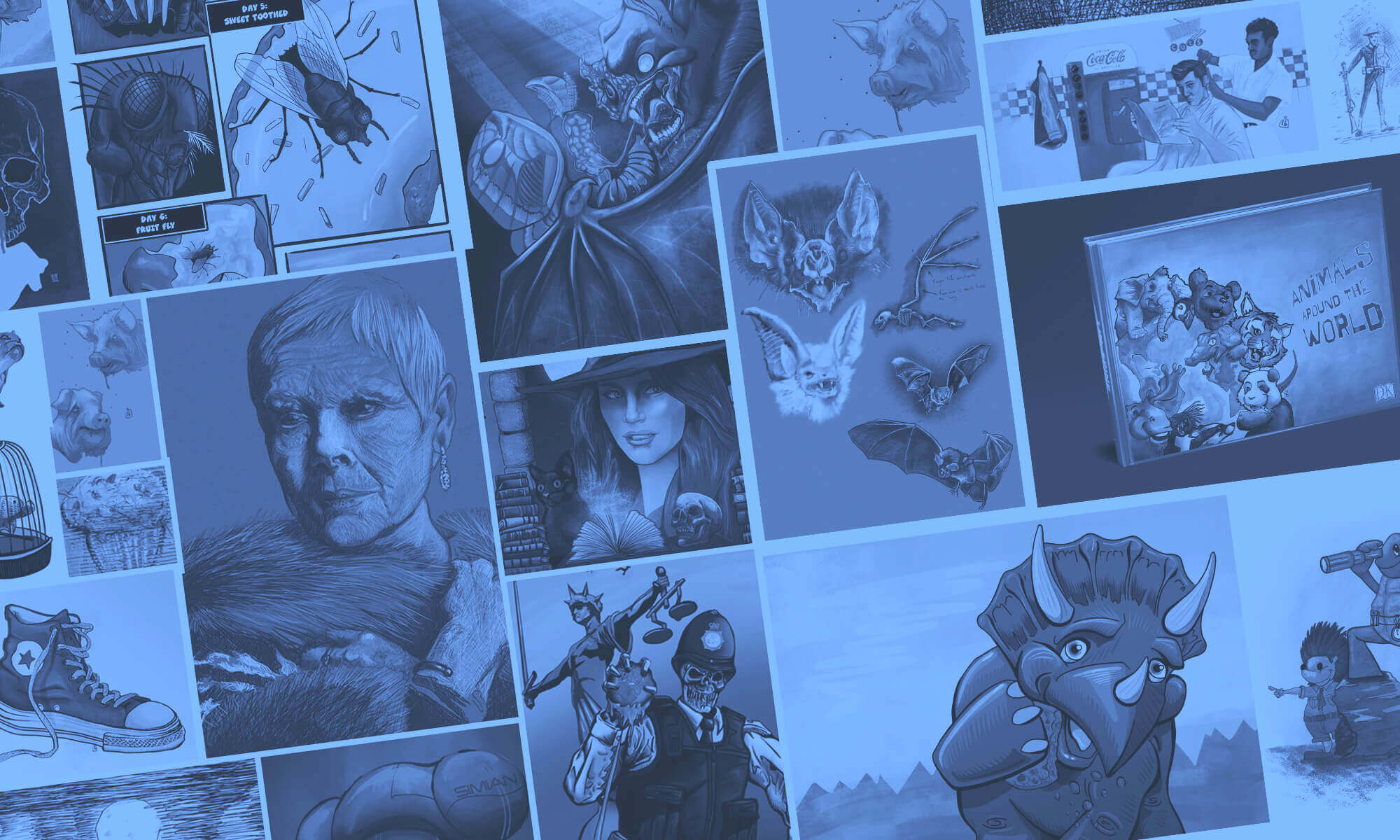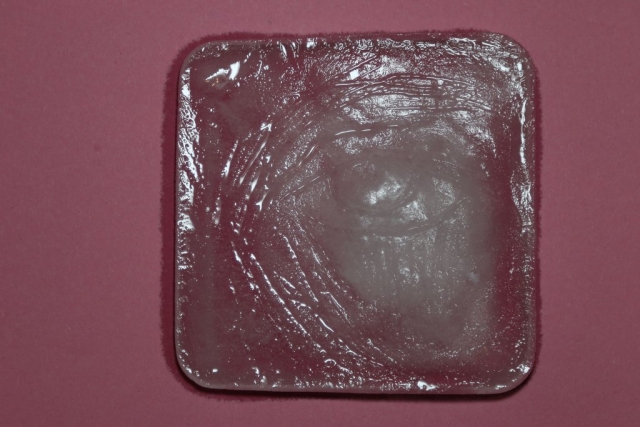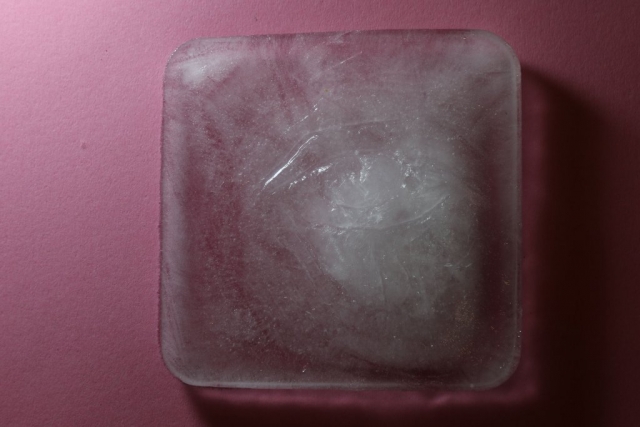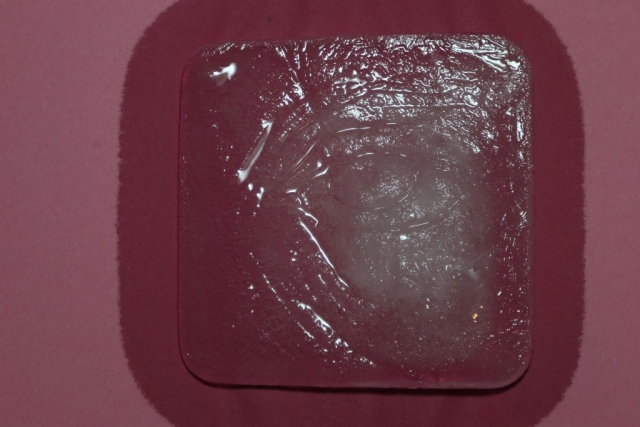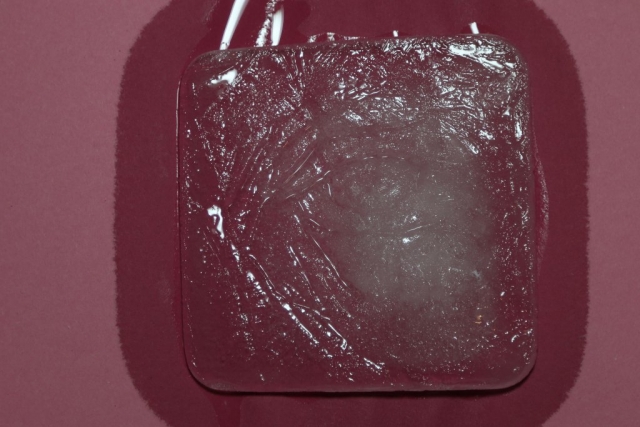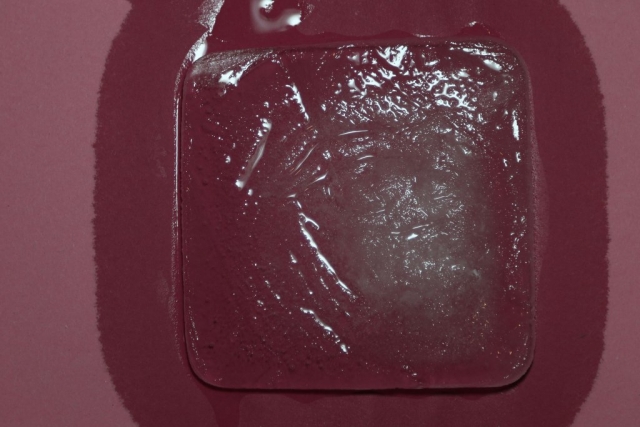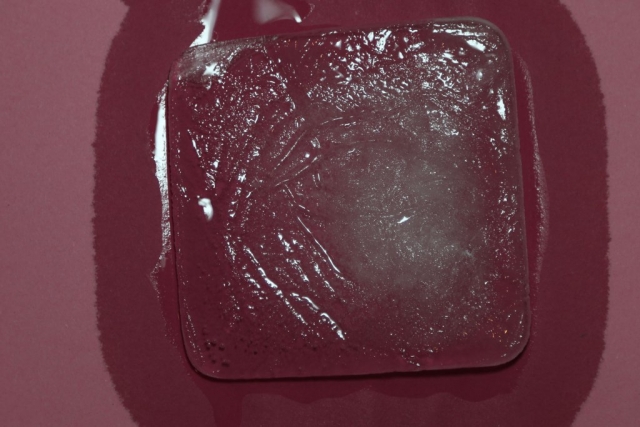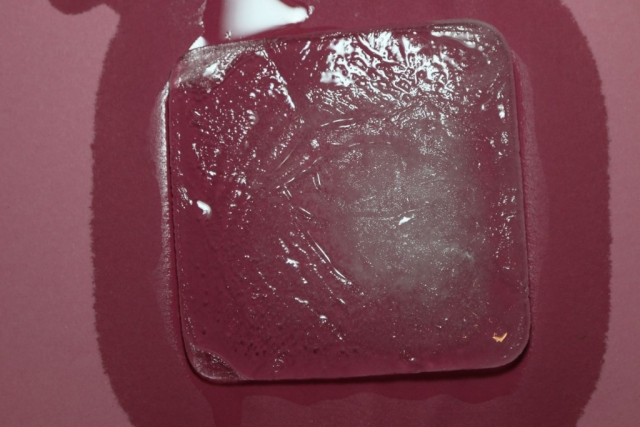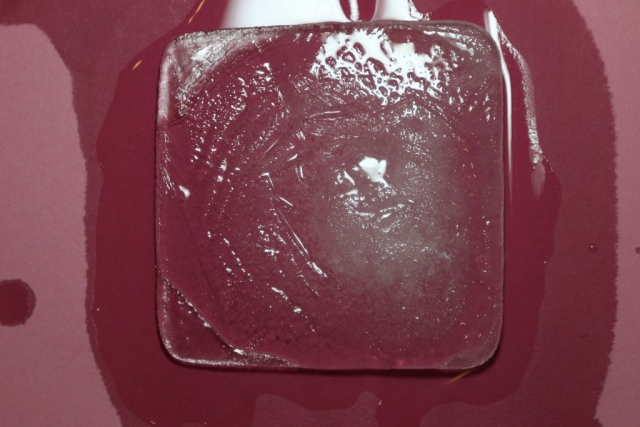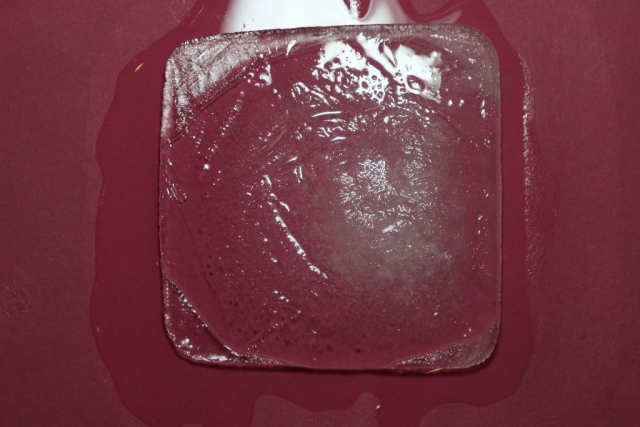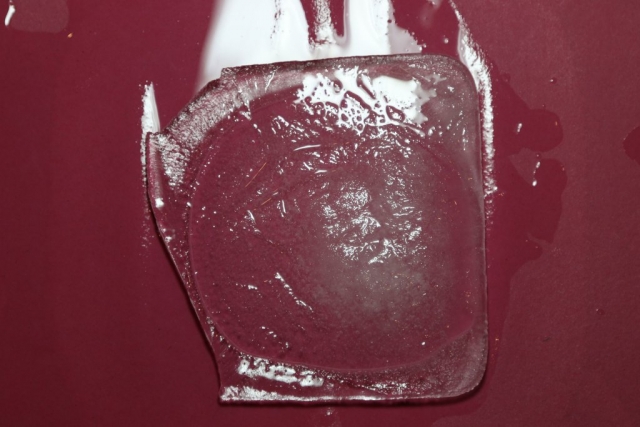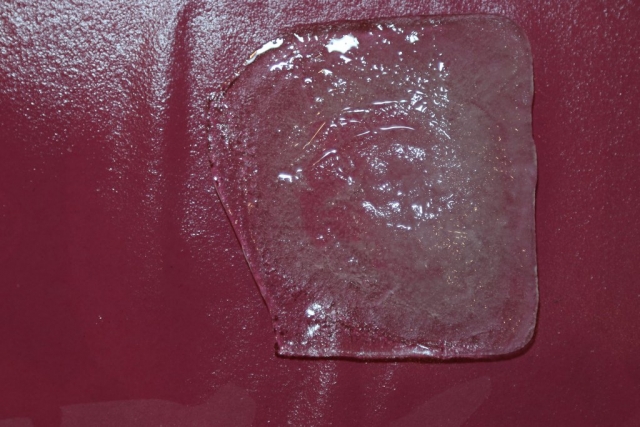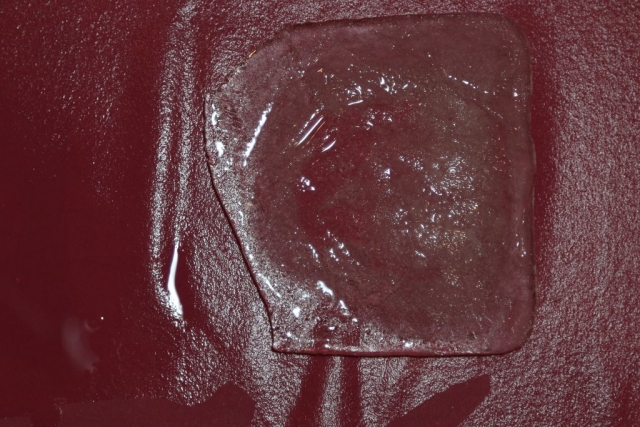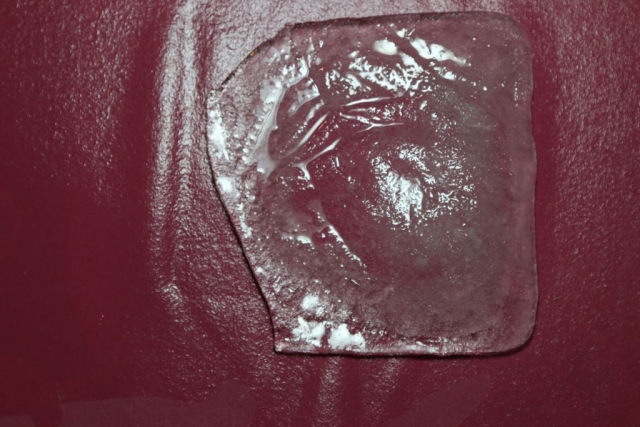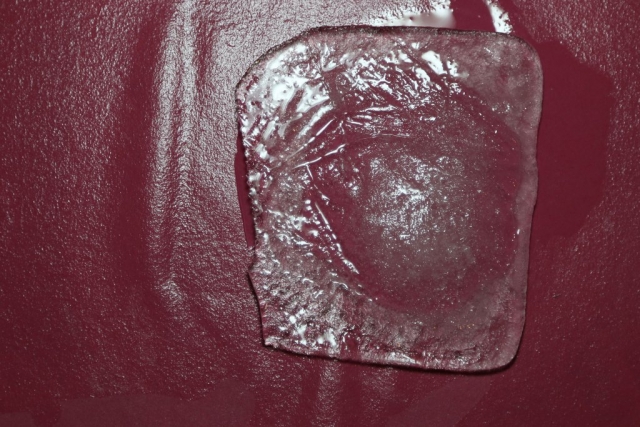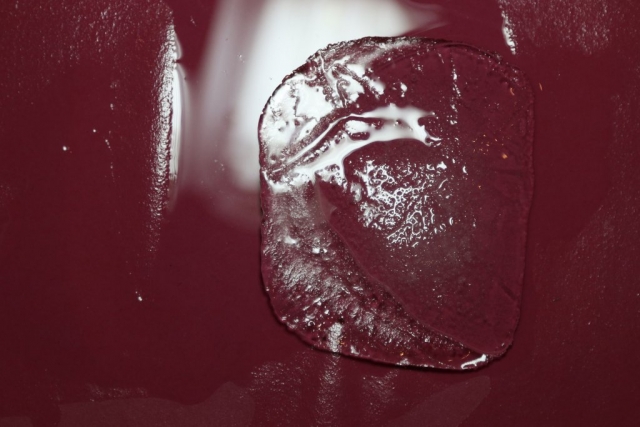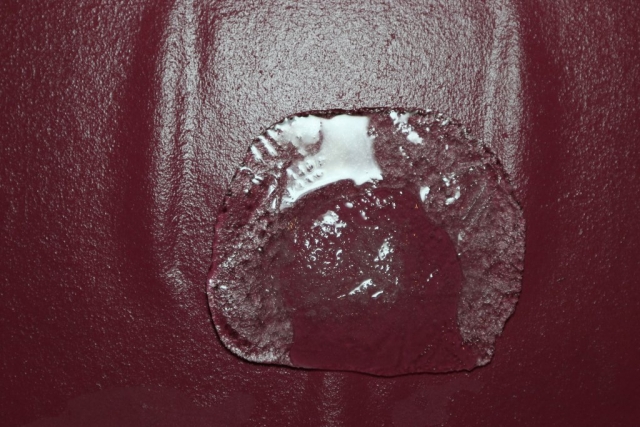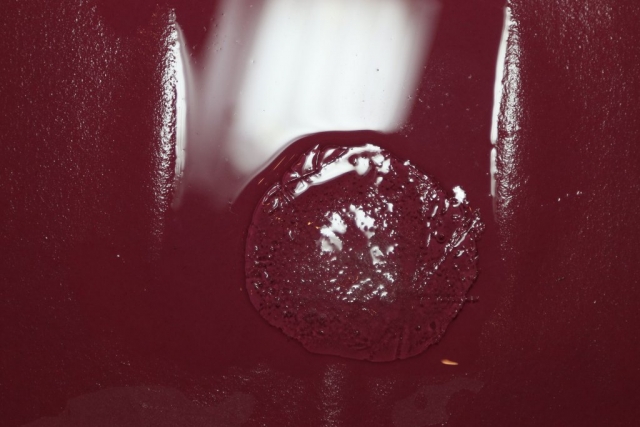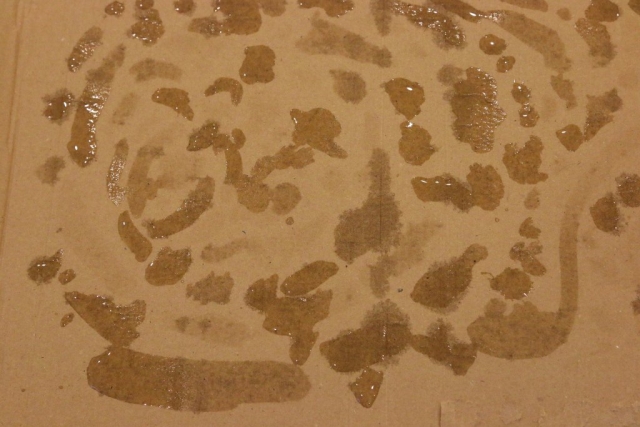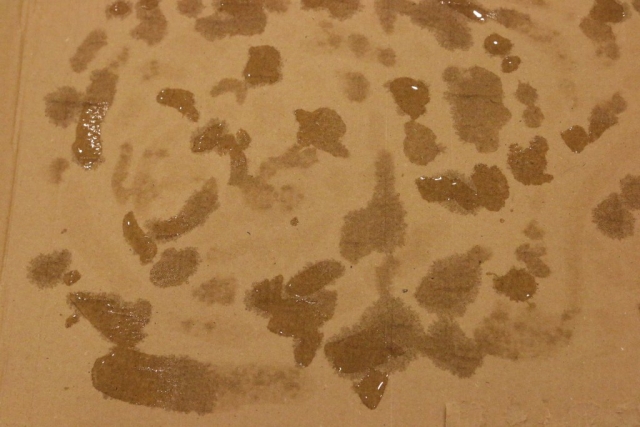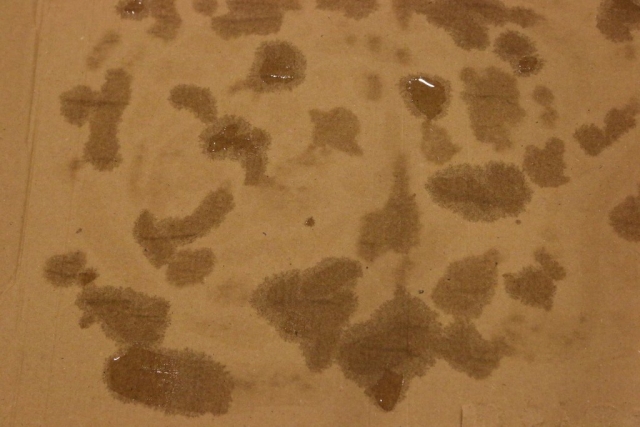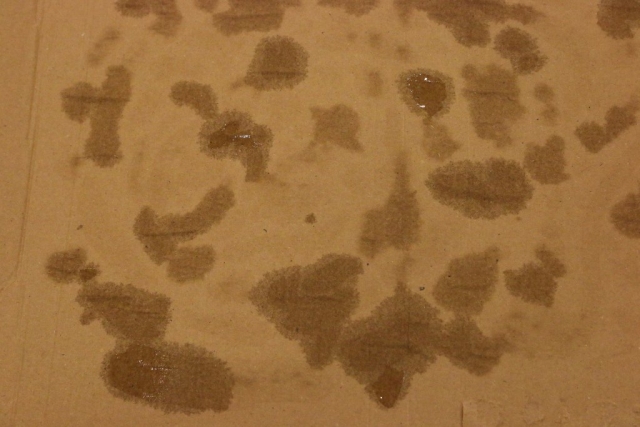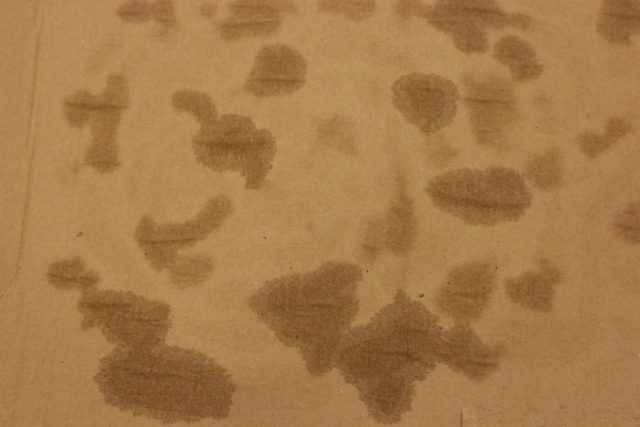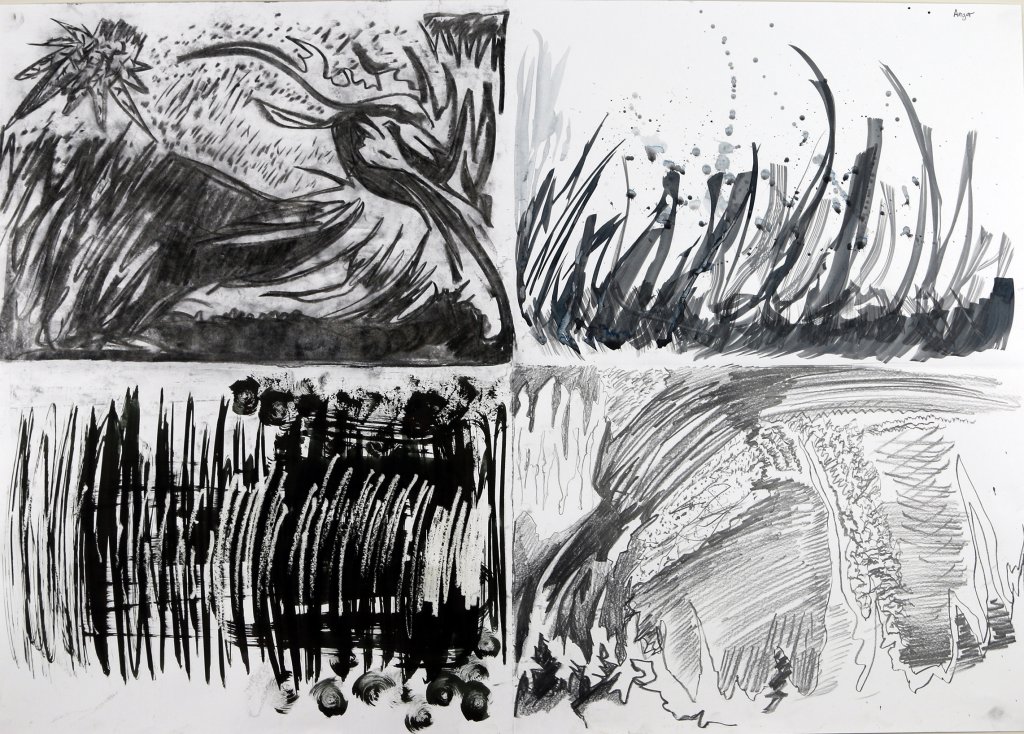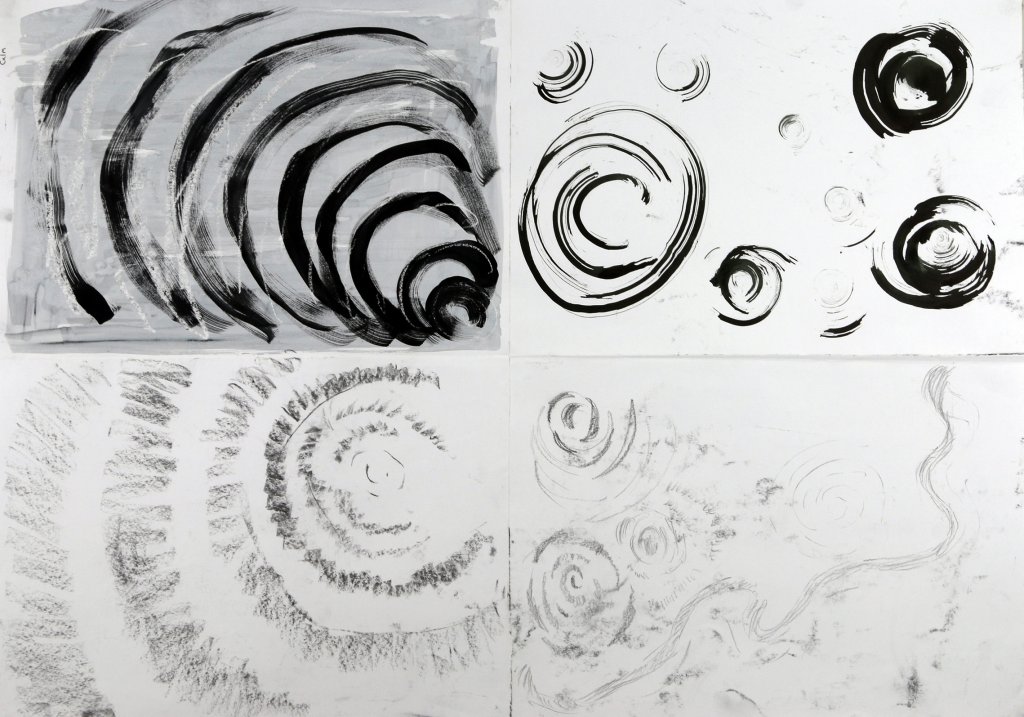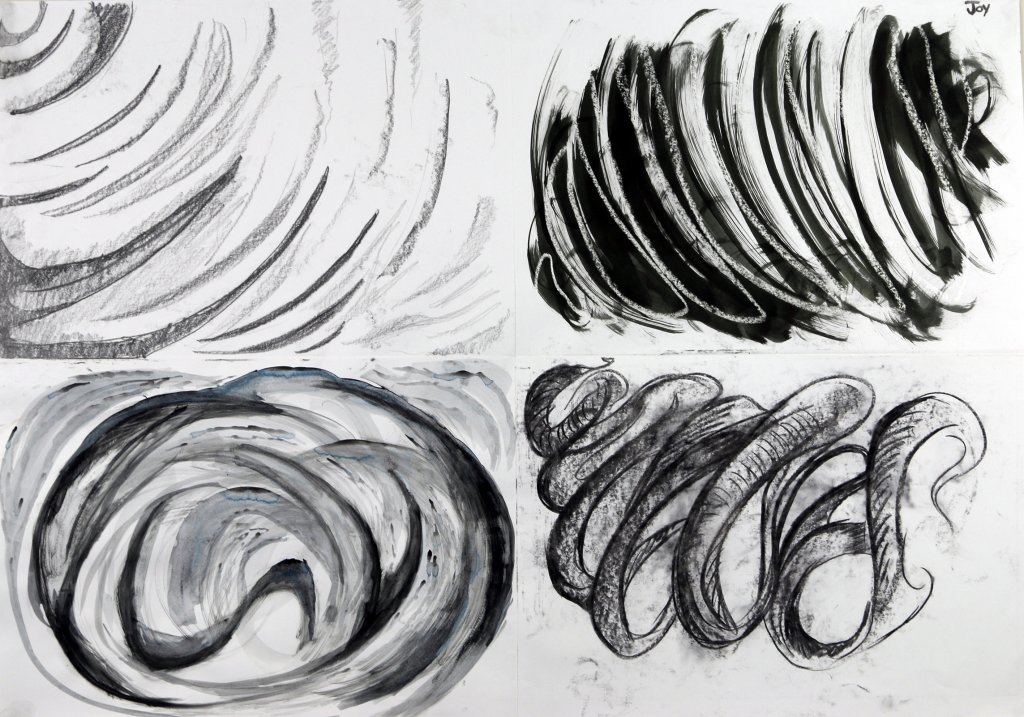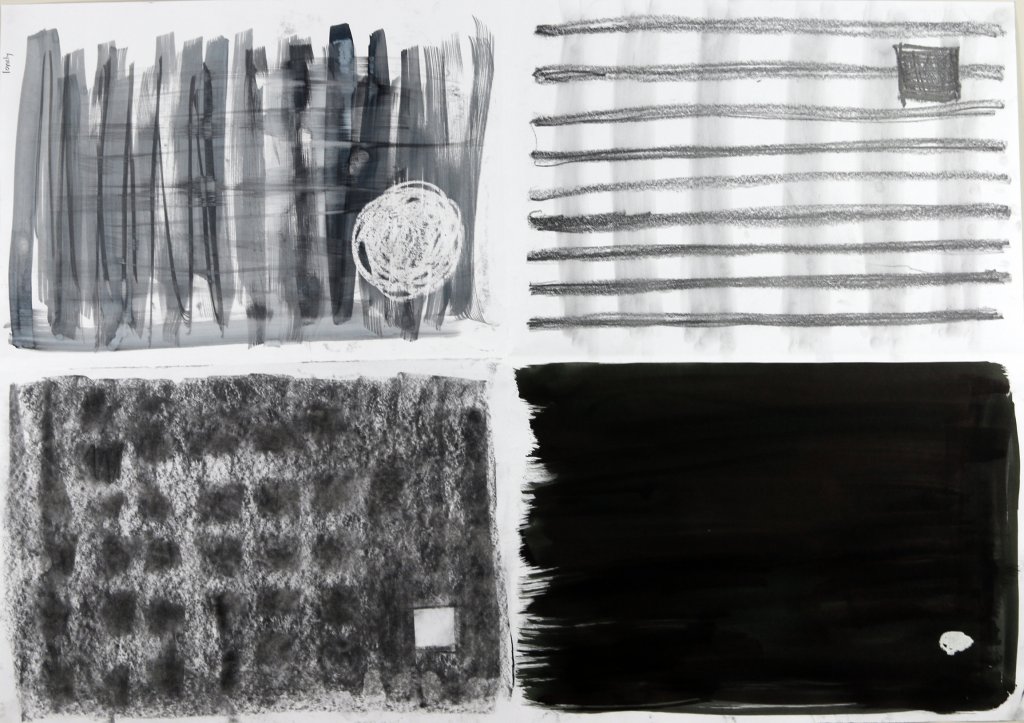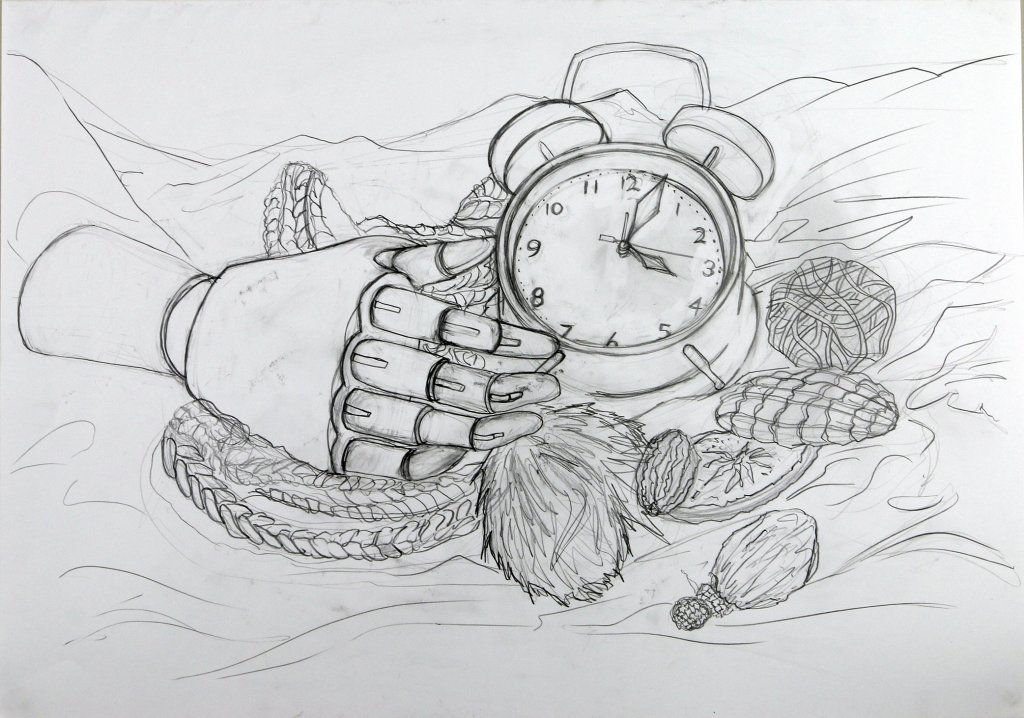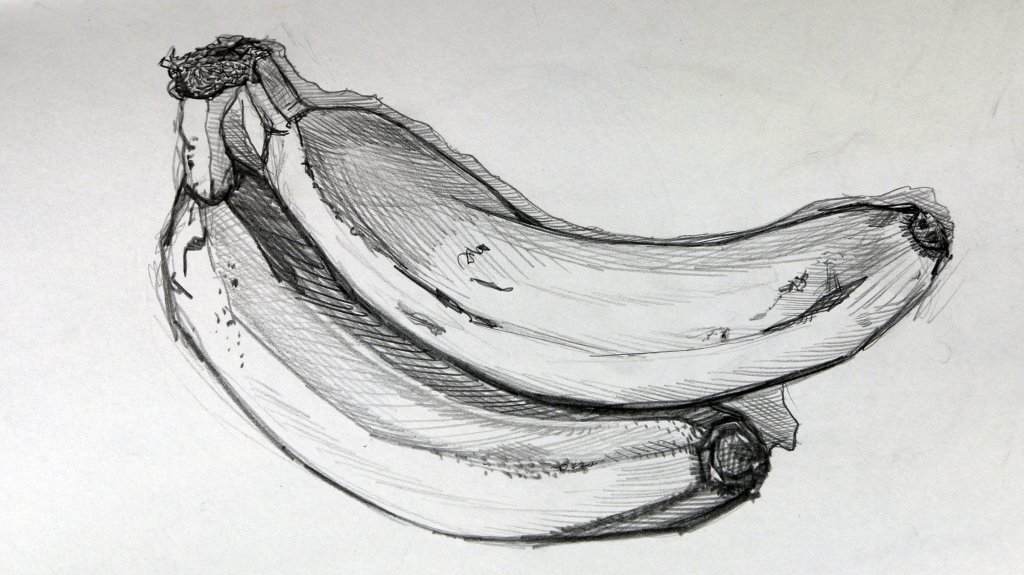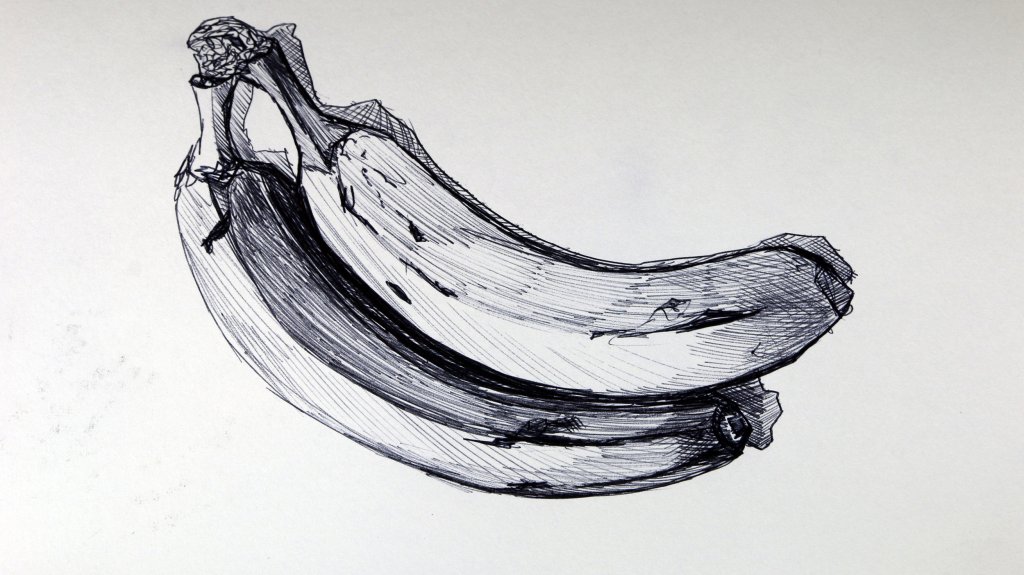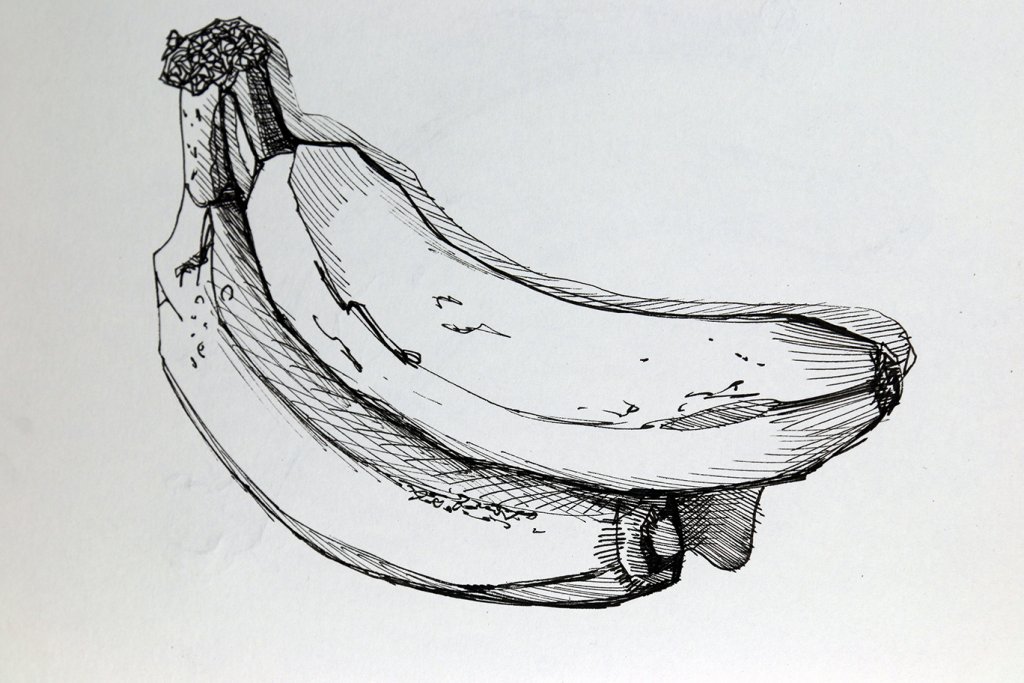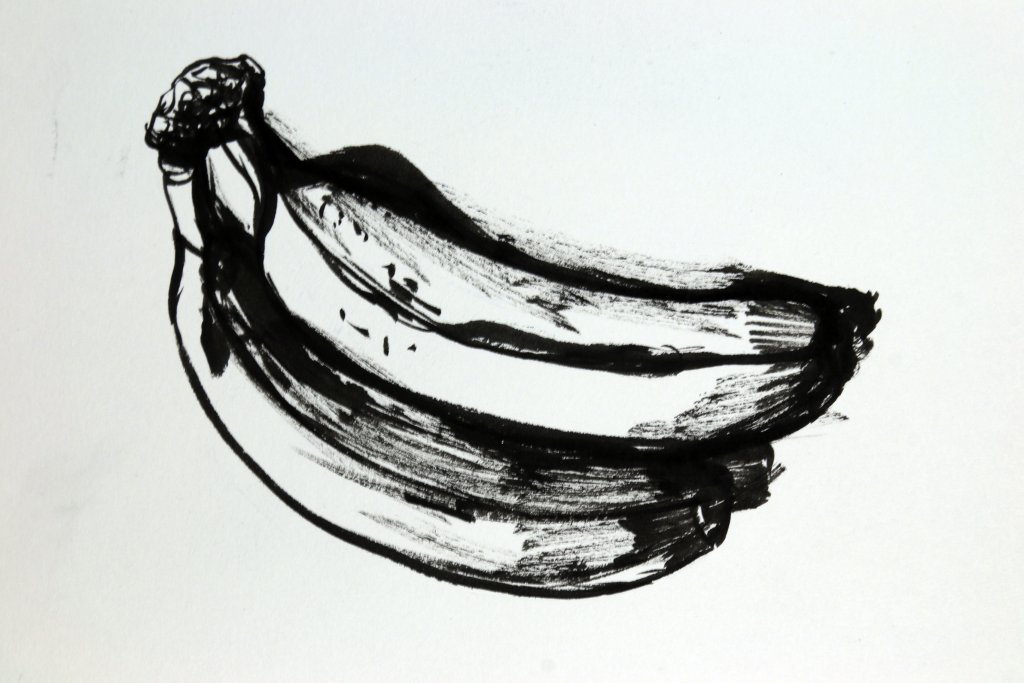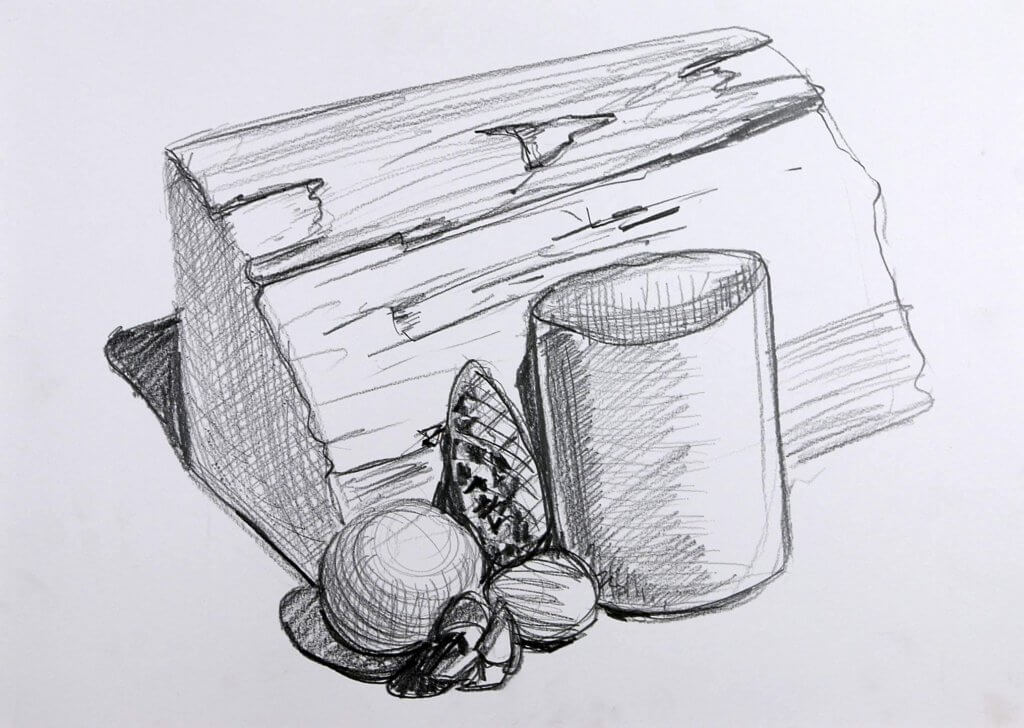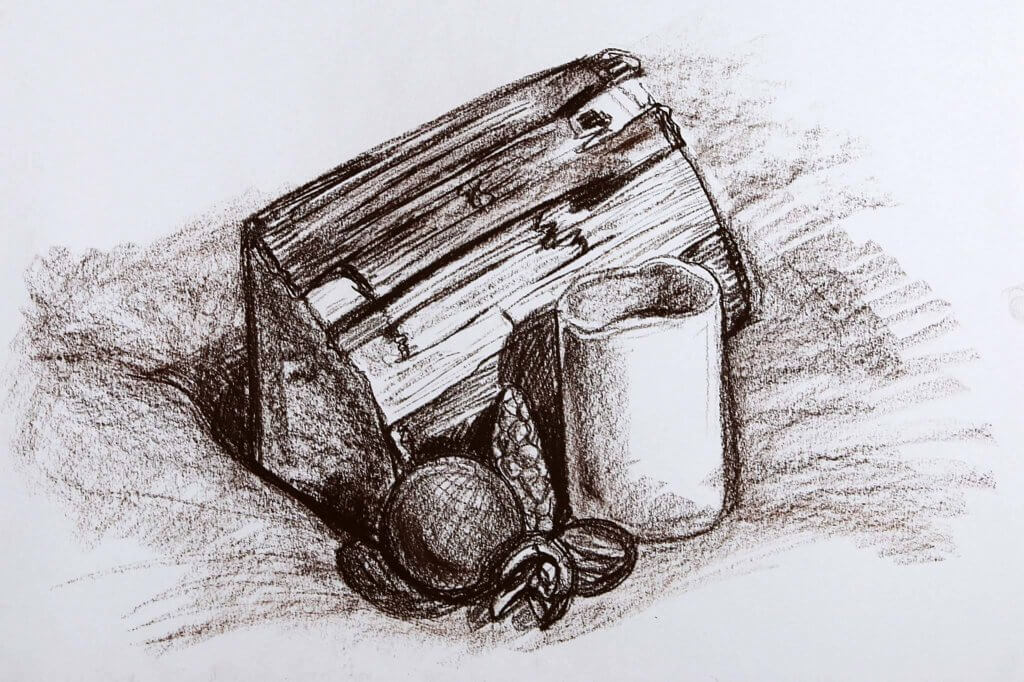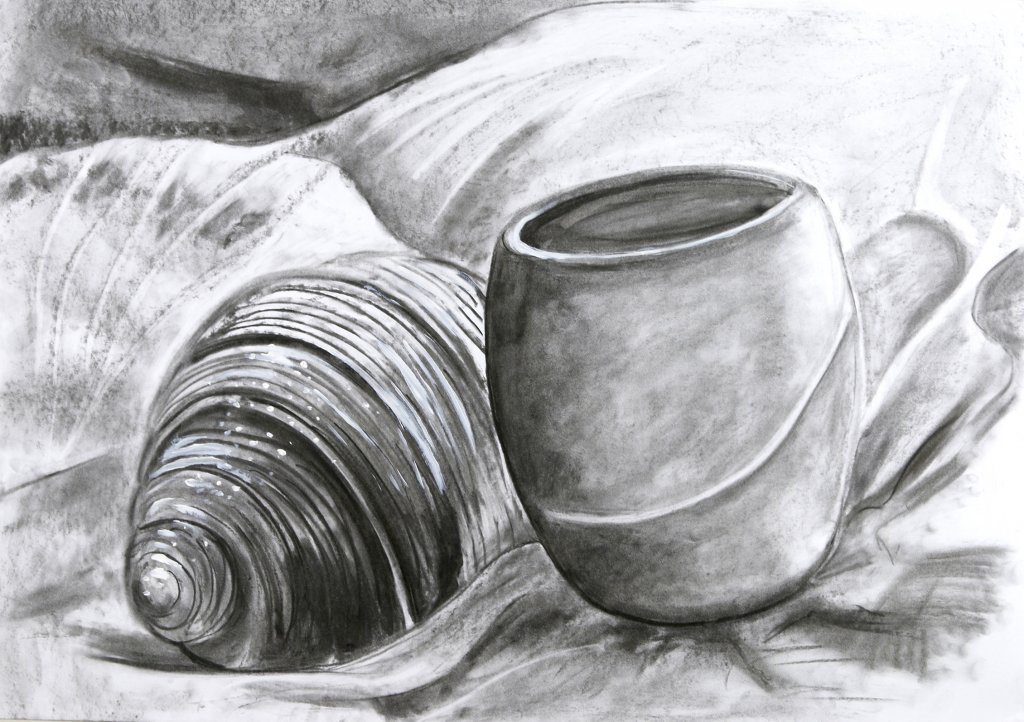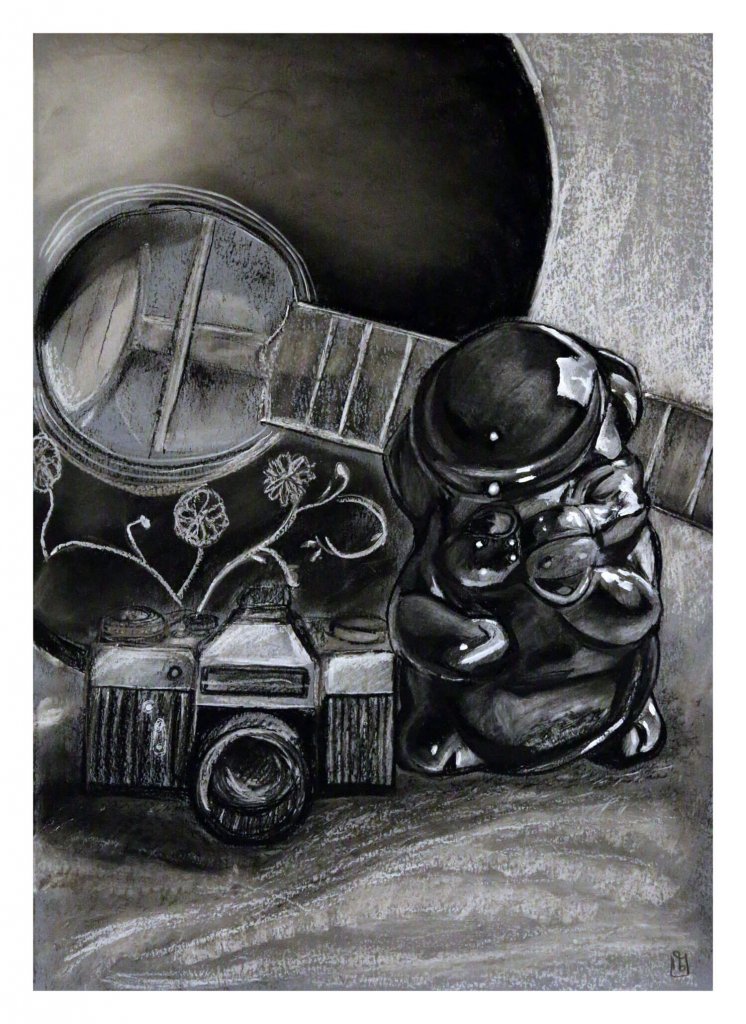This exercise called for drawings to be made with improved mediums on a temporary canvas. I had a few ideas and I liked the idea of observing changes to the marks or shapes that I had made that would eventually become out of my control.
I would document these as photographs.
A cold hard stare
I poured some water about 3 cm’s deep into a glass pyrex dish, I then froze the water and using a wax carving tool, I scratched an image into the ice. I was hoping eventually the ice would melt and split off, I fear that that the ice was probably too thick for this, none the less the result was some interesting shapes on the pink paper that I laid the ice onto. The water soaked in and even the photography and rudimental lighting I had used to record this experiment made some interesting reflected shapes from the shiny ice. The eye was quite hard to make out in most of the images, but all In all It seemed to be a good enough experiment and one that if I decided to do again I could with a few changes realise my initial vision.
Patterns & puddles
Following on from my watery experiments and what I had liked most from the ice experiment, I decided to use a brush with water and see how this would change over time.
I swirled the brush trying to recreate ripples on some brown packaging cardboard, I saturated the brush trying to get the water to penetrate as much as possible. The effect created wasn’t ideal, as the water bled into the card very little remained of my intended lines and composition. I carried on photographing and observing the changes as the water dried. Ultimately this resulted in a damp mess.
Hair Weave
The next image I thought I would take a more literal approach to my image making. I looked to raid my Mothers sewing and knitting boxes for some wool, I found instead some wonder web which I believe is some kind of Iron on glue material for hems, I pinched it and scarpered off.
I carefully unrolled the length of this fibrous material and laid it on a black plastic folio case to work on. I fashioned a face shape and some hair, tore and shaped some pink paper into lips I photographed with my camera but it did feel a little too abstract, for a further iteration I tore some paper and used a Pentel marker to scribble in a very quick face, I chose the large chisel tipped pen to make sure my efforts were permanent sporadic and bold. This pulled together more tightly as an image although it did stray slightly from the temporary aspect of the exercise. I liked the effect it had when photographed.
